|
|
|
|
|
|
|
|
Photo Gallery for Nerodia fasciata - Southern Watersnake
| 15 photos are shown. |
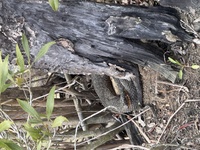 | Recorded by: Jackie Goodman
Beaufort Co.
Comment: |  | Recorded by: Jackie Goodman
Moore Co.
Comment: |
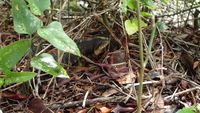 | Recorded by: Erich Hofmann and Kayla Weinfurther
New Hanover Co.
Comment: | 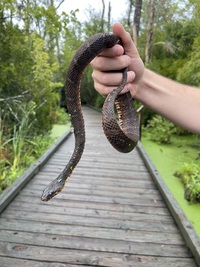 | Recorded by: C. Teague
Beaufort Co.
Comment: Photo: C. Teague |
 | Recorded by: Travis McLain
Washington Co.
Comment: | 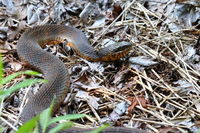 | Recorded by: Travis McLain
Washington Co.
Comment: |
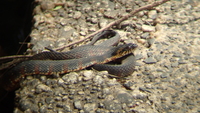 | Recorded by: Erich Hofmann and Kayla Weinfurther
Columbus Co.
Comment: | 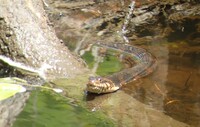 | Recorded by: Erich Hofmann and Kayla Weinfurther
Columbus Co.
Comment: |
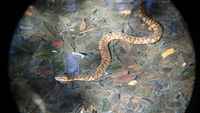 | Recorded by: Erich Hofmann and Kayla Weinfurther
New Hanover Co.
Comment: | 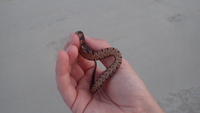 | Recorded by: Erich Hofmann and Kayla Weinfurther
Craven Co.
Comment: |
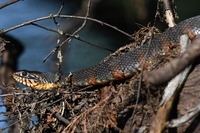 | Recorded by: Mark Shields
Robeson Co.
Comment: |  | Recorded by: Mark Shields
Carteret Co.
Comment: |
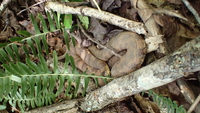 | Recorded by: Erich Hofmann and Kayla Weinfurther
Craven Co.
Comment: |  | Recorded by: Mark Shields
Martin Co.
Comment: |
 | Recorded by: Mark Shields
Pender Co.
Comment: |

 »
» 


 »
» 
